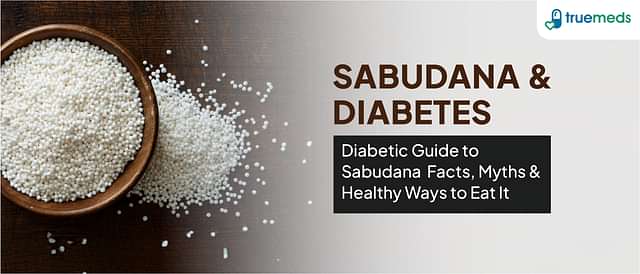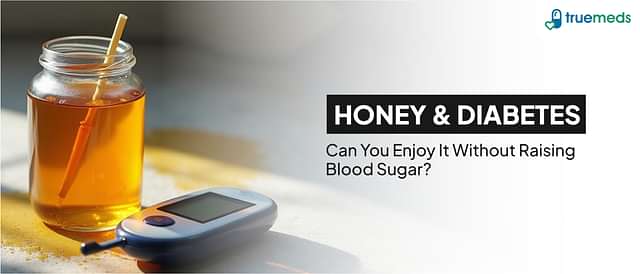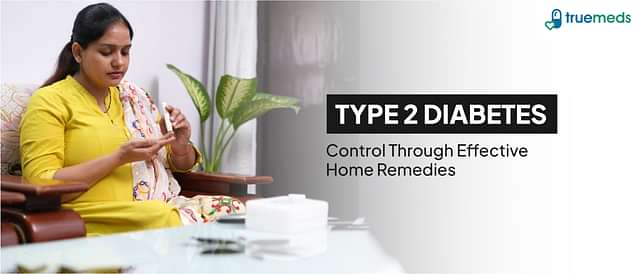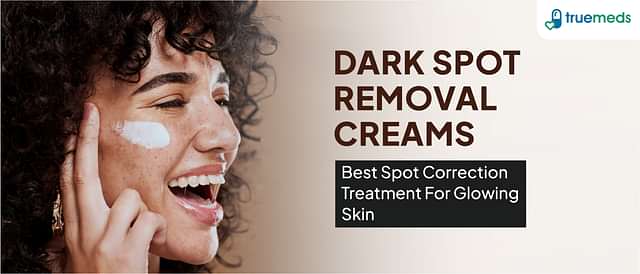A diabetic Foot Ulcer is an infection which involves the foot in a person with Diabetes Mellitus. It occurs as a result of acute or chronic injury to the soft tissues of the foot, and there must be evidence of pre-existing neuropathy and/or ischaemia.
This is a scientific definition but for the understanding of a common man, we can consider it as an ulcer-like injury in the foot (sole) of a diabetic person which needs immediate attention and medical care.
World Journal of Diabetes says that 15% of Diabetics are affected by diabetic foot ulcers once in their lifetime.
These ulcer-like sores may lead to infection and gangrene which can result in Amputation. Diabetic Ulcer Foot may prove fatal if left untreated. We need proper Prevention and early treatment to encounter this serious concern.
What are the most common causes of diabetic foot ulcer?
Risk factors are attributes which tend to increase the incidence of diabetic foot ulcers in patients.
There are numerous risk factors which can contribute to diabetic foot ulcers.
- Neuropathy- ( paresthesia, dysesthesia, anhydrosis ) Neuropathy can be sensory / motor / autonomic.
- Peripheral Vascular Disease – Vasculopathy can be another important cause of Diabetic foot ulcers which is of two types- Macroangiopathy (atherosclerosis) and Microangiopathy
- Abnormal Foot Pressures
- Hyperglycemia
- Trauma
- Presence of Foot deformity – clawed toes, bunions, ankle equinus, Charcot’s foot, Hammer’s toe
- Prolonged standing or walking
- Previous ulceration or amputation
- Inappropriate Footwear
- Nail pathology
- Duration of Diabetes
- Infection
- Skin lesion
What are the types of diabetic foot ulcers?
Diabetic Foot Ulcer is classified on the basis of causes into-
A.) Neuropathic foot (neuropathy being dominant)
- with infection
- without infection
B.) Neuroischemic foot (vascular disease being dominant)
- with infection
- without infection
Classification of Diabetic Foot Ulcers was given by Wagner.
Wagner’s Classification of Diabetic foot ulcer is done on the basis of severity and is done to grade the foot. It is the most widely used classification.
Wagner’s Classification –
Grade Clinical Findings

Stage 0 – Intact Skin (impending ulcer)
Stage 1 – Superficial ulceration
Stage 2 – Deep to tendon, bone or ligament
Stage 3 – Osteomyelitis or a deep abscess
Stage 4 – Gangrene of toes or forefoot
Stage 5 – Gangrene of the entire foot
What are the signs and symptoms of diabetic foot ulcers?
Diabetic foot patients present with many characteristic symptoms.
Neuropathic foot Symptoms-
- Diminished sensation in the foot
- The foot is invariably warm, with intact, often bounding Pulses
- Ulcers are one of the most common presentations of Diabetic foot ulcer, they are painful and preceded by callus formation
- Ulcers can also have some Secondary Infection
- Stages- stage of cellulitis, abscess formation, sepsis resulting in osteomyelitis and gangrene.
What are the stages of diabetic foot ulcers?
Stage 1- Normal Foot
Stage 2- High Risk
– Poor RBS control
– Diabetes for more than 10 years of duration
– Peripheral vascular disease
– Neuropathy
– Callosity or another foot deformity
– Decreased immunity
– Retinopathy
– History of previously healed ulcer
– History of the previous amputation
Stage 3- Ulcerated Foot
Stage 4- Infection
– Stage of Cellulitis
– Abscess formation
– Stage in which Osteomyelitis occurs
Stage 5- In this stage patient experiences necrosis of the foot
Stage 6- not salvageable
Neuroischemic foot Symptoms-
- Absent Foot Pulses
- The foot is not warm
• Characteristic symptom is the Absence of Callus.
How to manage diabetic foot ulcers?
The management of diabetic foot ulcers becomes successful only when there are frequent tests and early detection of diabetic foot ulcers.
The most commonly used testing includes:
Investigations-
- FBS/RBS
- HbA1C
- ESR
- Wound and blood cultures
- Urine analysis
- Assessment of Plantar foot pressures
- Vascular investigations like Ankle Brachial indices (ABI)
- Plain X Rays, CT Scan, MRI
⁃ Osteomyelitis
⁃ Fractures
⁃ Soft tissue gas
How can I prevent a diabetic foot ulcer?
Diabetic Foot Ulcer is a very devastating Diabetes complication. It also affects the socioeconomic condition of the population affected. The main motive should be to create increased awareness among physicians and to identify the Foot At Risk at the earliest.
The patient should be provided with Adequate Foot Care so that further complications do not occur and the patient does not end up with Amputation.
Prevention can be done in the following ways:
• Keeping Diabetes in control
• Patient Education
• Adequate Footwear
• Good Foot care
• Stop SMOKING
Read more – Juices for diabetic patients
How is diabetic ulcer treated?
The objective of treatment should be –
⁃ Infection Control
⁃ Management of wound
⁃ To prevent a recurrence
⁃ To prevent the foot from undergoing Amputation
Treatment of diabetic foot ulcers is done by various techniques which are as follows-
1) Wound care:
It is done depending on the severity of the wound, vascularity and presence or absence of infection.
2) Debridement:
It is done for the removal of callus and tissue that has undergone necrosis and later on a proper dressing is done (Tegaderm, opposite).
3) Infection Control:
It includes the use of Topical antibacterial agents and IV broad-spectrum antibiotics by assessment through wound swabs for culture and sensitivity.
4) Diabetes Control:
• Proper Diet plan
• Plenty of exercises
• Proper usage of anti-diabetic medicines prescribed by the doctor
5) Pressure Offloading:
• Removable cast walkers
• Healing sandals
• Scotchcast boots
• Walkers and wheelchairs
6) Amputation and post-amputation care:
It should not be done before doing a proper vascular assessment. It should be done in patients with Ischaemic rest pain and in patients where there is a life-threatening foot infection.
Patients who end up with amputation will require comprehensive therapy including physical therapy, occupational therapy as well a prosthesis.
7) Dressings:
• Limited Access Dressing (LAD)
• Vaccum Assisted Closure (VAC)
Take Home Message
• Each one of us should know Diabetic Foot Ulcer is totally preventable and just needs proper patient awareness and education.
• The main causative factor is chronic pressure so just think of Off-Loading.
How can Truemeds help us?
-We can reach out to online pharmacies by Truemeds to get certain medicines which are helpful in diabetic foot ulcers which can be –
⁃ Insulin
⁃ Anti Diabetic Medicines like
• Glycomet 500 mg Tablet
• Jalra 50 MG Tablet
• Jalra M 50/500 MG Tablet
• Glimp-M 2
• and all other anti-diabetic medicines as per your prescription which you get along with doctor consultation.
FAQs
No. Diabetic foot ulcers cannot be treated at home. Instead, they might get infected at home, causing the problem to increase further and delaying the treatment.
Limb amputation is not indicated in all cases. Since healing does not take place in presence of necrotic tissues and poor vascularity. In such cases amputation is the treatment of choice.
About 15-20% of people suffering from diabetic foot ulcer undergo amputation depending upon their severity.
Tissues in the leg would die and ultimately form gangrene.
Gangrene is considered one of the most dangerous conditions and this infection can travel throughout the body ultimately causing the death of the patient.
Mortality after amputation ranges from 13 to 40% within 1 year, 35–65% within the next 3 years, and 39–80% within the next 5 years, being worse than most malignancies.
Disclaimer
Our healthcare experts have carefully reviewed and compiled the information presented here to ensure accuracy and trustworthiness. It is important to note that this information serves as a general overview of the topic and is for informational purposes only. It is not intended to diagnose, prevent, or cure any health problem. This page does not establish a doctor-patient relationship, nor does it replace the advice or consultation of a registered medical practitioner. We recommend seeking guidance from your registered medical practitioner for any questions or concerns regarding your medical condition.
Popular Articles
Recommended Articles
Recent Articles
Top-Selling Medicines:
...View more
Top-Selling OTC:
...View more
Subscribe
Registered Office Address
Grievance Officer
Download Truemeds

Contact Us
Our customer representative team is available 7 days a week from 9 am - 9 pm.
v3.7.5
Our Payment Partners
























































